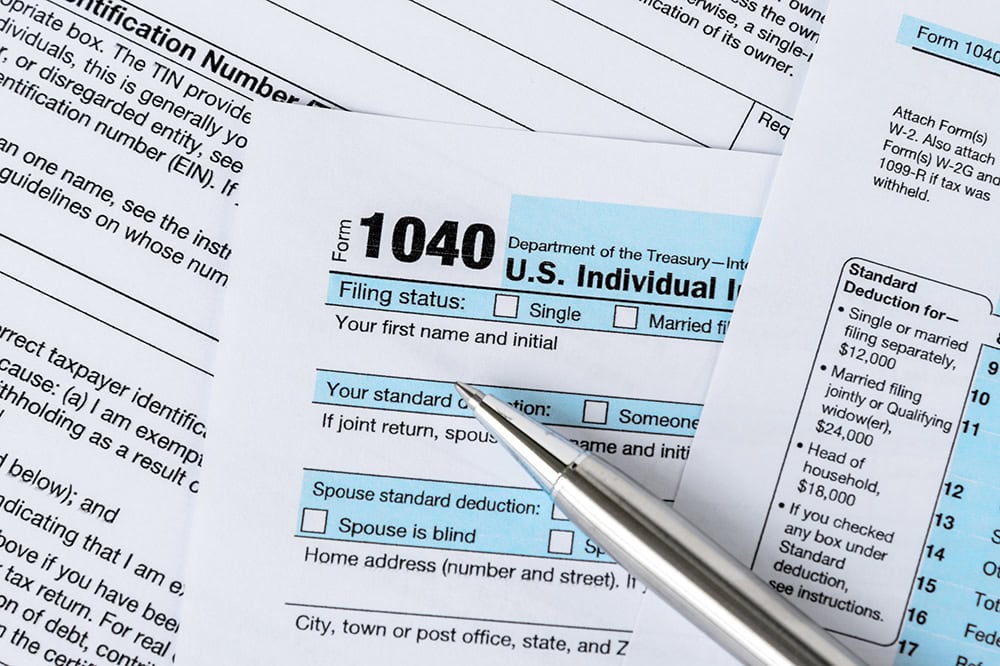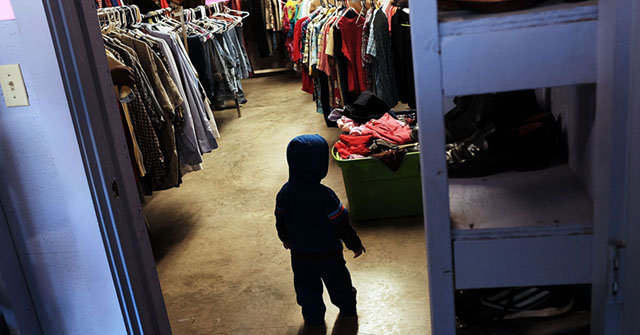U.S. Fiscal Confidence Falls to 13-Month Low in Wake of Budget Bill That Will Add Trillions to National Debt
Index Drops for Fifth-Straight Month to 45 in July (100 is Neutral)
U.S. Fiscal Confidence fell to a 13-month low following the passage of the “One Big Beautiful Bill Act,” which will add more than $4 trillion to the national debt over the next decade. The Peter G. Peterson Foundation’s Fiscal Confidence Index fell for the fifth-straight month from 62 in February to 45 in July (100 is neutral), reflecting deepening concerns about our nation’s fiscal path from voters across party lines.
The new national survey shows that 59% of voters believe the United States is on the wrong fiscal track — the highest percentage this year. Growing majorities of voters are expecting the national debt to get worse over the next few years (61% worse/32% better), with Republican voters’ expectations shifting negatively by a net 13 points.
Overall, a growing percentage of voters agree that the debt should be a top-three priority for the president and Congress (80% agree/15% disagree, up from 76% agree/17% disagree in June). That belief is consistent across party lines, including 78% of Democrats, 77% of independents and 83% of Republicans.
“Today’s new survey shows that U.S. voters are deeply concerned that our fiscal outlook has gone from bad to worse following the recent passage of the budget reconciliation bill,” said Michael Peterson, CEO of the Peterson Foundation. “America currently spends more on interest on the debt than on national defense or Medicaid, and interest costs are also growing faster than both. Voters are making clear that it’s time to stop digging the hole deeper, and want their leaders to take action to stabilize the debt and create a sustainable budget outlook.”
The Fiscal Confidence Index measures public opinion about the national debt by asking six questions in three key areas:
- CONCERN: Level of concern and views about the direction of the national debt.
- PRIORITY: How high a priority addressing the debt should be for elected leaders.
- EXPECTATIONS: Expectations about whether the debt situation will get better or worse in the next few years.
The survey results from these three areas are weighted equally and averaged to produce the Fiscal Confidence Index value. The Fiscal Confidence Index, like the Consumer Confidence Index, is indexed on a scale of 0 to 200, with a neutral midpoint of 100. A reading above 100 indicates positive sentiment. A reading below 100 indicates negative sentiment.
Fiscal Confidence Index Key Data Points:
- The July 2025 Fiscal Confidence Index value is 45. (The June value was 50. The May value was 52.)
- The current Fiscal Confidence Index score for CONCERN about the debt is 41, indicating deep concern about the debt. The score for debt as a PRIORITY that leaders must address is 21, indicating that Americans want elected leaders to make addressing long-term debt a high priority. The score for EXPECTATIONS about progress on the debt is 72. The Fiscal Confidence Index is the average of these three sub-category scores.
The Peter G. Peterson Foundation commissioned this poll by Democratic firm Global Strategy Group and Republican firm North Star Opinion Research. This online poll surveyed 1,003 registered voters nationwide between July 21 and July 23, 2025. It has a margin of error of +/- 3.1%.
Detailed results can be found online at www.pgpf.org/FiscalConfidenceIndex.
###
ABOUT THE PETER G. PETERSON FOUNDATION
The Peter G. Peterson Foundation is a nonprofit, nonpartisan organization that is dedicated to increasing public awareness of the nature and urgency of key fiscal challenges threatening America's future, and to accelerating action on them. To address these challenges successfully, we work to bring Americans together to find and implement sensible, long-term solutions that transcend age, party lines and ideological divides in order to achieve real results. To learn more, please visit www.pgpf.org.
Further Reading
Budget Basics: What Is the Child Tax Credit?
The CTC provides assistance to families with children, and while it represents a relatively modest part of overall government spending, it is one of the largest tax expenditures.
Budget Basics: Tax Expenditures
Tax expenditures can come in the form of exclusions, exemptions, deductions, and credits.
What Are the Economic Costs of Child Poverty?
Child poverty is higher in the United States than in other wealthy countries. Studies show that it has quantifiable economic costs.


